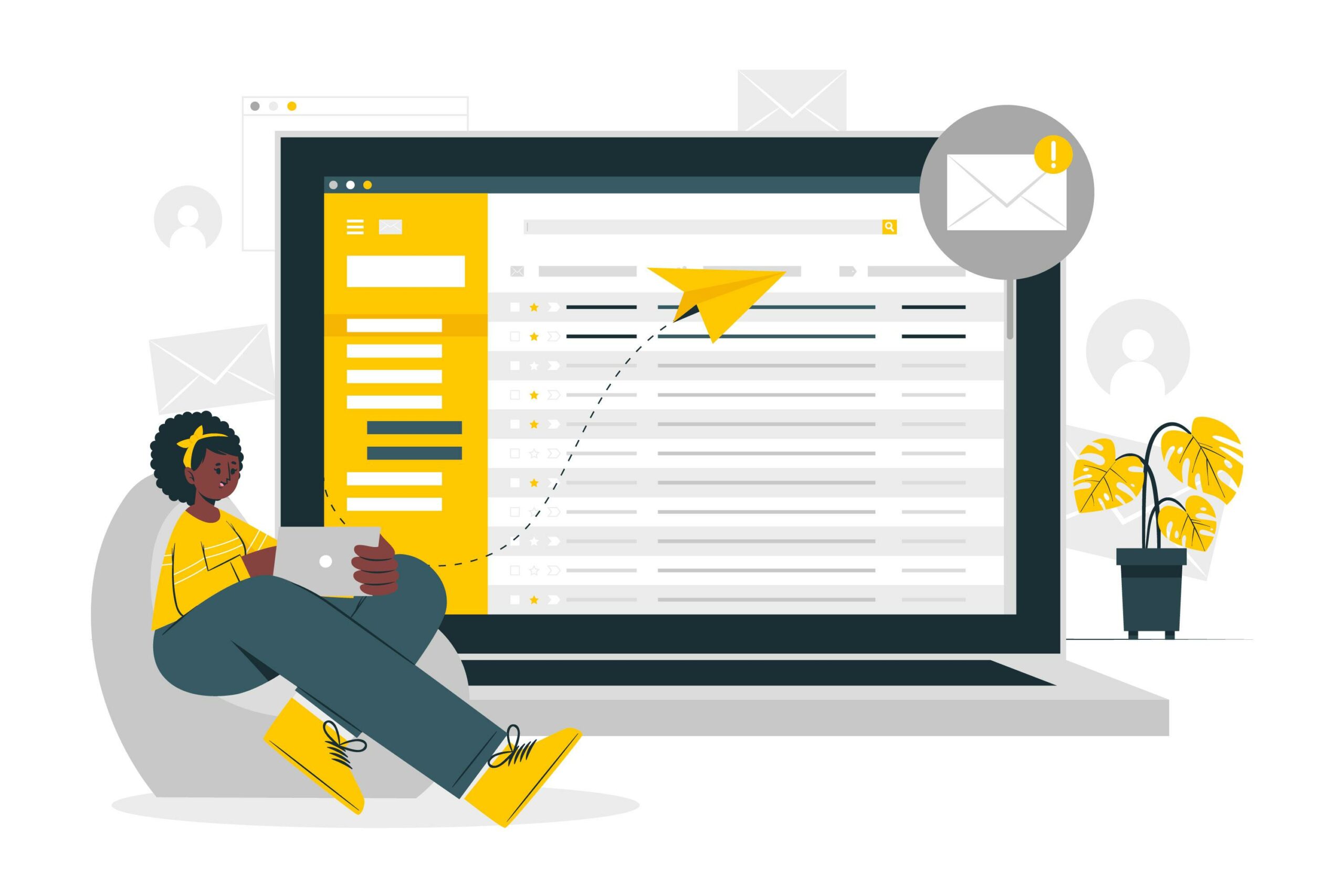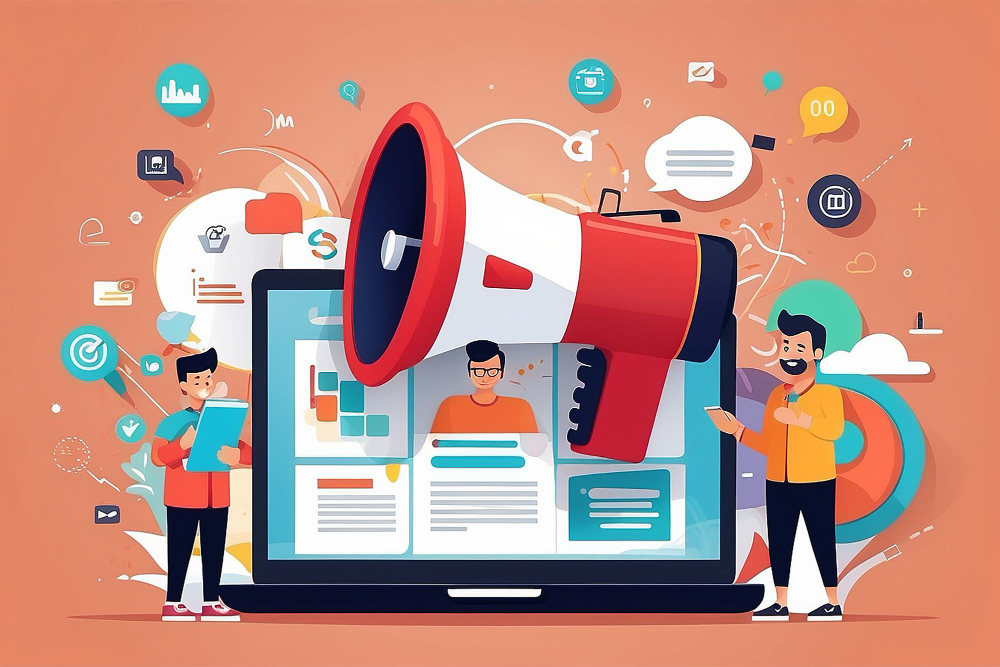Small businesses today, with such a digitally surging market, are always hunting for the best ways to engage and maintain their customers. One available potent strategy is inbound marketing. This approach focuses on drawing people to experience provided value and created content rather than pushing products or services onto them. Let’s see what inbound marketing for small businesses means, its benefits, and successful strategies for small businesses to apply it.
What Is Inbound Marketing for Small Businesses?
Inbound marketing is an approach to keeping your company noticed by the customer through delivering valuable experiences tailored to them. Inbound marketing will help build relationships with audiences looking to solve problems, while outbound marketing interrupts your audience with content they may not want.
Inbound marketing for small businesses is effective. It puts them at a level of competition with large companies by leveraging its unique strengths, for example, personalized service and community presence. Inbound marketing for small businesses thus have the opportunity to create trust, build credibility, and establish lifetime relationships with their customers through inbound marketing.
Benefits of Inbound Marketing for Small Businesses

-
Cost-Effectiveness
One of the best benefits of inbound marketing is its cost-saving advantage to small businesses. While in traditional marketing, the budgets that are dedicated to advertising and promotion usually are very high, inbound marketing for small businesses mainly focuses on developing good content and the use of digital channels. This can be done at lower costs and yield a better return on investment.
-
More Visibility and Brand Awareness
The online visibility of a small business can increase immensely by employing SEO, social media, and content marketing. This doesn’t only attract potential customers but it increases brand awareness. Customers get something they can remember and trust from the brand as they find valuable and relevant content.
-
Enhanced Customer Engagement
Inbound marketing for small businesses facilitates engagement by providing valuable, relevant content to customers. Accommodating two-way communication allows businesses to listen, interact with the audience, get feedback, and change strategies accordingly. It also helps develop loyal customer bases that value a relationship with the brand.
-
Long-Term Results
Unlike traditional advertising, which may work relatively well in the short term, inbound marketing strategies have long-term benefits. Blog posts, videos, and social network updates continue to attract and engage customers long after they are initially posted, resulting therefore in sustained growth marketing over time.
Strategies of Inbound Marketing for Small Businesses
-
Content Marketing
The valuable content is the very basis of inbound marketing for small businesses. For a small business, this might involve writing high-quality blog posts and creating videos, infographics, and eBooks that talk about the pain points and interests of your target audience. It won’t bring them traffic to their website only but will establish them as an authority in whichever field.
-
Search Engine Optimization (SEO)
SEO is done in such a way that the targeted audience reaches the content made. Small businesses should optimize website content using keywords and place them at the top of the SERPs. This is an excellent opportunity for potential customers to locate their content in an organic search.
-
Social Media Marketing
One critical way to channel the content and engage with customers is through the social media platform. Small businesses must locate the specific platforms where their target market can easily be found, then focus on developing and sharing content that would appeal to them. Social media also directly interacts with customers, giving relationships and brand loyalty.
-
Email Marketing
Email marketing remains an effective technique for maintaining leads and effectively managing customer relationships. Inbound marketing for small businesses enterprises can aim to spur customer activity by segmenting their email lists and personalizing content. Other modern ways to keep customers informed include newsletters, promotional offers, and personal recommendations.
-
Landing Pages and Call-to-Actions (CTAs)
An effective landing page and a compelling CTA are aimed at ensuring the visitors will be turned into leads. Small businesses need to ensure that their landing pages are optimized for conversion and include a clear, compelling CTA that guides users toward the desired action, such as signing up for a newsletter, downloading an eBook, or purchasing.
Social Media Marketing for Inbound Marketing for Small Businesses

Social media marketing is one of the most significant tools in inbound marketing for small businesses. It gives an opportunity to share content, engage customers, and build up a community around your brand.
Here are some strategies to take advantage of it:
-
Find the Right Platforms
Small businesses should research what sites their target customers use and put focus into those sites. For example, Instagram and Pinterest are great for visual content, and LinkedIn is perfect for B2B marketing.
-
Create Engaging Content
Create content that resonates with your audience. This might allow for blog posts, images, videos, infographics, and more. There is a need to maintain a consistent posting schedule so that you do not lose your followers’ interest by varying the content.
-
Utilize Paid Advertising
While it’s good to reach out organically on social media, paid advertising helps intensify the effort. Through targeted advertisements, small businesses can reach a wider audience, promote specific content, and increase the traffic coming through their website or landing pages. Besides, platforms like Facebook and Instagram offer high targeting options for connecting with ideal customers.
-
Engage with the Audience
Social media is two-way traffic. An entrepreneur must engage with the comments by replying, joining the thread of conversation, or just acknowledging the feedback. This usually creates relationships while increasing the credibility and trustworthiness of the brand.
-
Monitor and Analyze Performance
Inbound marketing for small businesses should regularly check performance metrics to try and optimize their social media marketing efforts. Use applications like Facebook Insights, Twitter Analytics, and Instagram Insights to derive essential data on engagement, reach, and growth among followers. This should be used by the business in fine-tuning their strategies for a positive result over time.
Email Marketing for Inbound Marketing for Small Businesses

Email marketing or email tracking is the other backbone of inbound marketing for small businesses that has made it even easier for business owners to communicate with customers at a personal level.
Here are a few strategies to make the most out of email marketing:
-
Build a Quality Email List
A good email list is one area you should never overlook for successful email marketing. As a small business, one would like to work on growing their list organically through some added value, incentives, and opt-in forms on your website and social platforms. It should also be a priority to ensure that subscribers give genuine consent to receive emails to comply with laws and maintain trust.
-
Segmenting the Audience
Segmentation allows a business to tailor its message to different groups residing in its audience. By segmenting on demographics, past behavior, and purchase history, small businesses will be sending the most relevant and personalized emails that are likely to raise engagement and conversions.
-
Compatible with your schema
The content has to be attractive, informative, and related to the audience’s interests in general, such as newsletters, offers, updated products, and recommendations. Every email communication has to end with a concrete call to action.
-
Optimize for Mobile
Almost all emails are now opened on a mobile device, so designing an email to be mobile-friendly is critical. This means responsive design, short subject lines, and CTAs that are clickable. It drives much greater engagement.
-
Analyze and Adjust
Continuous improvement is possible by measuring the key metrics of any email marketing campaign. Small businesses should analyze data on how their email campaigns have worked thus far regarding open, click-through, and conversion rates. Businesses can infer from such information what really works or does not work, hence the need to make amends in a strategy for better results.
SaaS Inbound Marketing for Small Businesses
Inbound marketing is advantageous for Software as a Service (SaaS) companies.
Following are a few strategies for a SaaS company:
-
Create Educational Content
SaaS marketing products usually include a learning curve, so it may be best for your customers if you demonstrate how they can best use your solution by developing content such as blog posts, video tutorials, webinars, and FAQs.
-
Offer Free Trials
Free trials are brilliant for attracting prospects and getting them to know how excellent your stuff is. Apply inbound marketing strategies to the free trial while guiding your customers through an onboarding process.
-
Use customer testimonials
Customer testimonials and case studies do a great job of building trust and credibility. Highlight the success stories of your customers to show the real-world benefits of your product.
-
Implement Live Chat
Offering live chat on your website helps engage potential customers in real time. Answer their questions, provide personalized recommendations, and guide them through the purchasing process.
-
Focus on Retention
Help inbound marketing do more than attract new customers; it keeps the existing ones. Engage your customers and reduce churn with email marketing, social media, and personalized content.
Inbound Marketing vs. Outbound Marketing

Understanding the difference between inbound marketing and outbound marketing can be meaningful for the small business person as they try to put resources and efforts into action most effectively.
Here is a comparison of the two approaches:
Inbound Marketing
- Customer-Centric: Customer-centric process that looks at creating value for the customer by providing content and experiences they find valuable.
- Permission-Based: When information is only sent to people who have agreed to receive it, such as a newsletter subscription.
- Long-term results: It builds long-lasting relationships and gives sustained value, leading to sustained growth.
- Cost-effective: Will typically have lower costs than traditional advertising with a higher return on investment.
Outbound Marketing
- Interruptive: Entails pushing messages to a broad audience, often interrupting their activities—for example, television advertisements and cold calls.
- Broad Reach: Can reach a large audience quickly but may not be as targeted or relevant to individual needs.
- Short-Run Outcomes: It often attempts at the immediate sale or response but does not lead to long-lasting relations.
- Higher Costs: Will generally involve a significant expenditure on advertising and promotion.
While both approaches can make sense, inbound marketing, in this particular light, is tailored for small businesses because it is cost-effective, relationship-oriented, and gives long-term benefits.
Conclusion
This is why inbound marketing makes much sense for small businesses. It is powerful yet very cost-effective in attracting and keeping customers. Through inbound marketing for small businesses can create an audience, nurture it, and grow their firms through substantial relationships based on valuable content, proper optimization of search engines, utilization of social media, and email marketing. Understanding the differences between inbound and outbound marketing further allows businesses to make effective decisions and allocate resources effectively.
The implementation of these may take a bit of time and energy, but in the long run, inbound marketing pays off. Inbound marketing for small businesses can compete with larger companies and be successful if they embrace inbound marketing.




